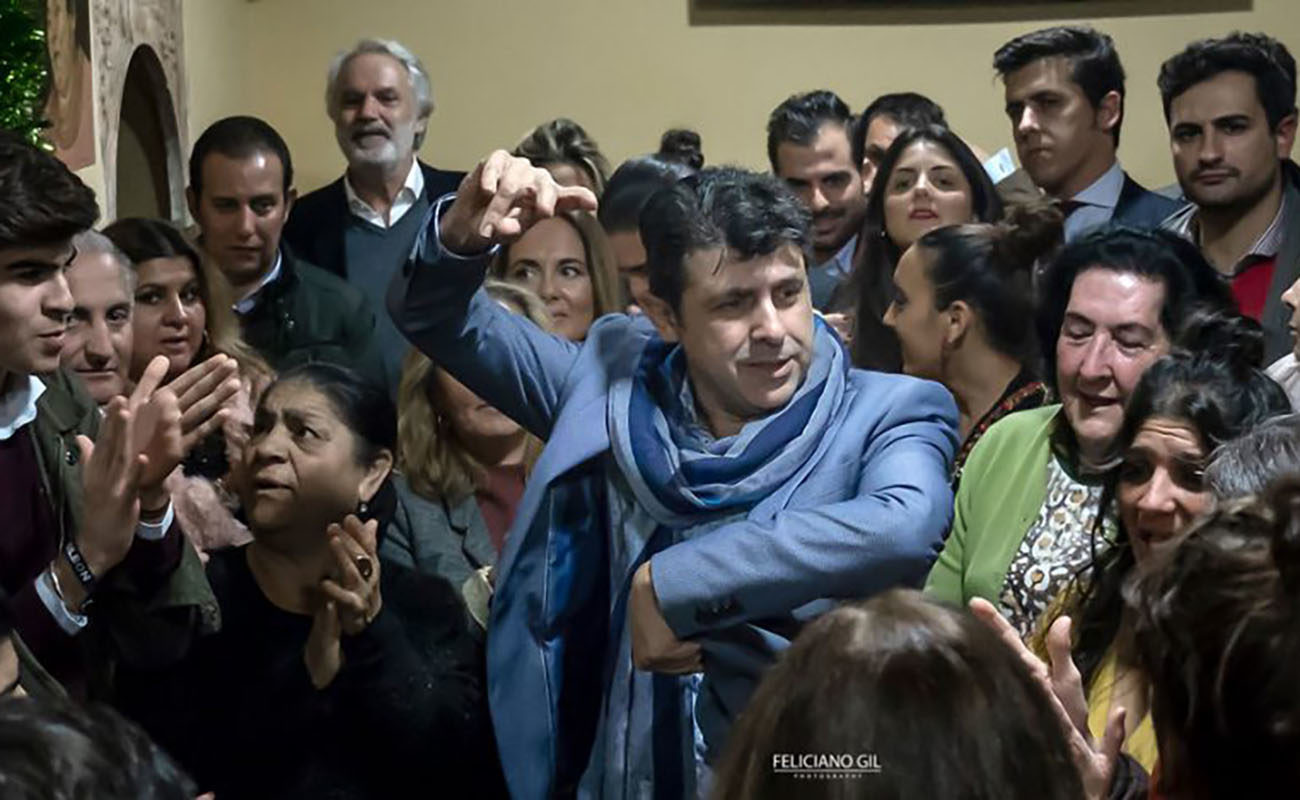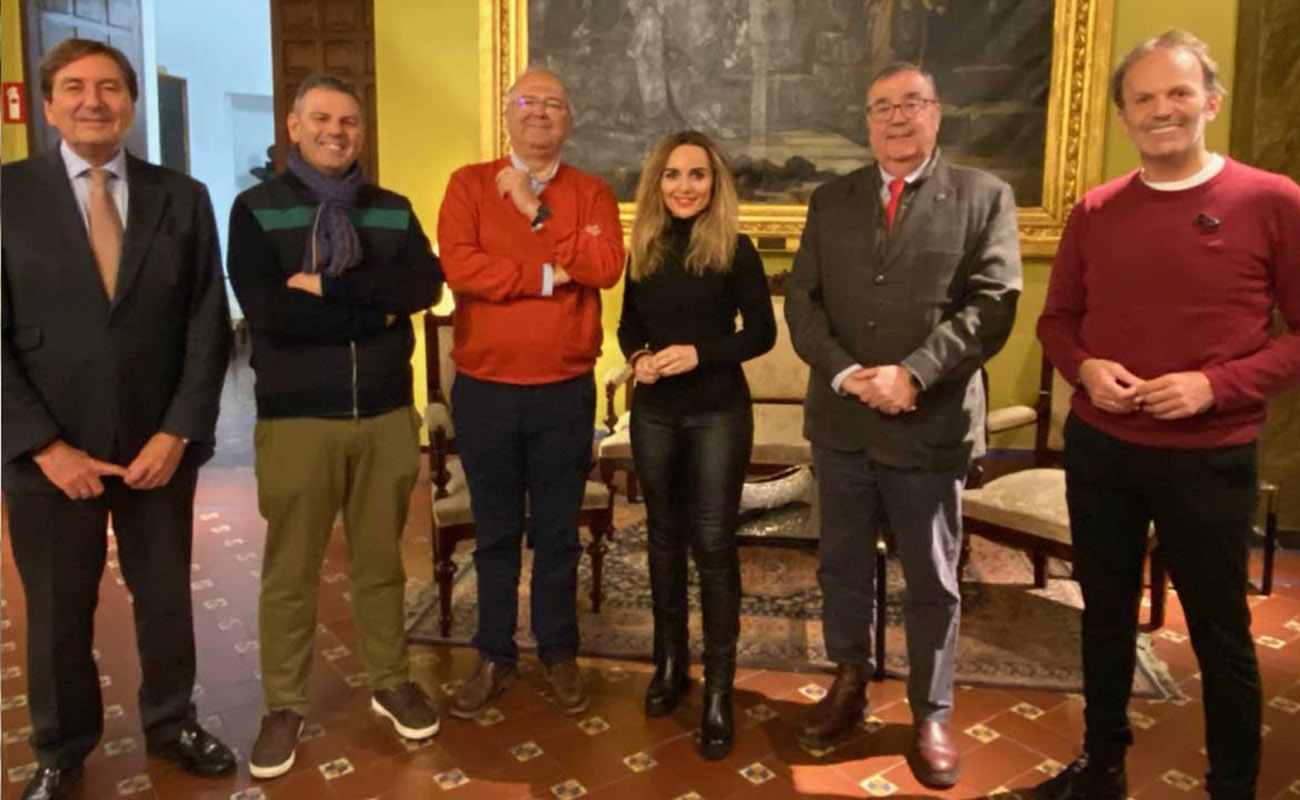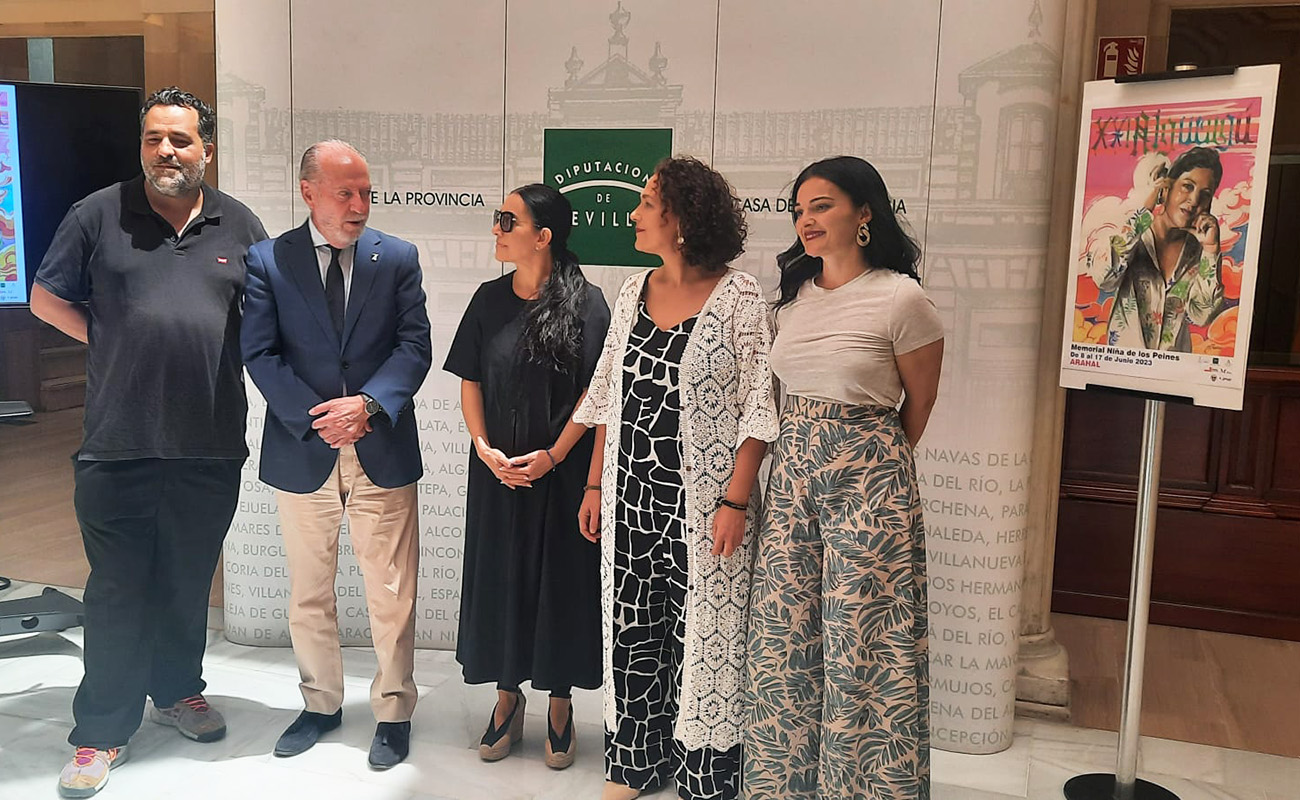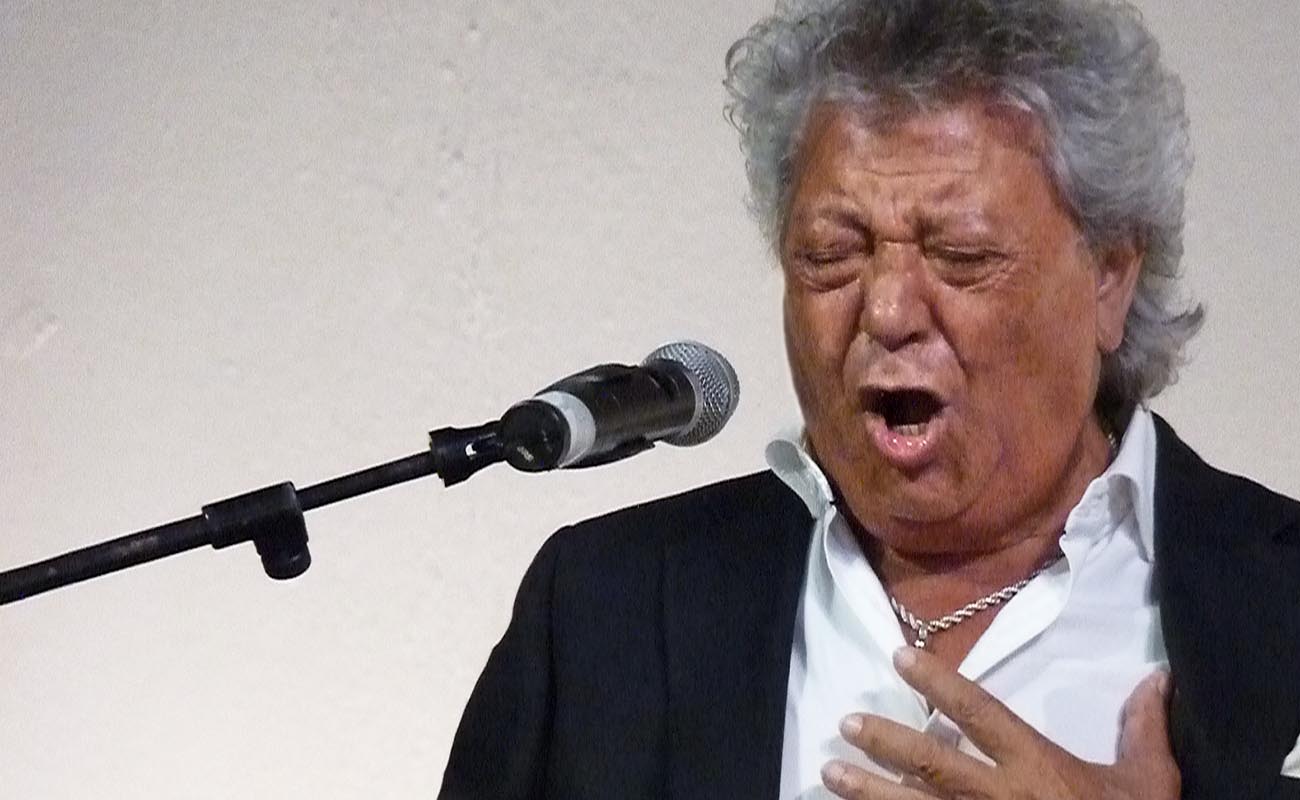The Festeros are back!
The videos of Bilbao’s Flamenco BBK have spread like wildfire in the social networks. People can see artists simultaneously singing and dancing in an understandable artistic discourse. It’s clear that when art gets mixed with fun, it leaves a delicious aftertaste

The artistas festeros are back into the lineups, concerts and festivals. Perhaps they never left at all, but the prevailing performing formats in the last few years have sidelined those artists so beloved by aficionados. The older among us would remember those evenings of art when Miguel ‘El Funi’ displayed his bullfighting-style baile in the stages of de Lebrija, Utrera, Morón or Seville. Another of those great artists was Paco Valdepeñas, whose arm movements would delight the most demanding spectator. It was like a media verónica of Curro or Paula. Like those performed by Anzonini del Puerto, who was “not exactly a flamenco singer, nor precisely a dancer, but both”, as our colleague Estela Zatania would put it.
Art is the foundation. Knowing how to be, and the moment of ‘pellizco’
It’s something unique which has no comparison with most of those making a living off flamenco. It’s not that they’re better, or worse, but they’re certainly different. Those were the days when flamenco festivals lasted a long time, so a performance by some of these festeros would energize the evenings and cheer up the public. Generally, those restless artists would steer away from the deepest and more dramatic cantes such as seguiriyas or martinetes, preferring soleás por bulerías or tangos. That doesn’t mean they were unable to master other palos of flamenco. Sometimes those artists would only be invited to perform in the fin de fiesta to put the icing on the cake. Or Antonio Mairena would surround himself in some of his performances by old bailaoras such as Tía Juana la del Pipa or Luisa ‘La Torrán’ to fully enjoy the moment.
Now there seems to be a rekindled interest in these types of artists, with lineups now including the names of those who recapture this tradition, such as Perico ‘El Pañero’, who keeps a good balance between joyful partying and those sad cantes de fragua, or his brother José, totally nocturnal and always willing to perform. Luis Peña or Javier Heredia, who learned from old flamencos in late nights and early mornings, and Juanfrán Carrasco or Alonso ‘El Purili’, the youngest. Women like Remedios Reyes or Mari Peña, who remind us of Juana la del Revuelo or the personalities of María ‘La Burra’, María Soleá or Adela ‘La Chaqueta’. And also Cañeta de Málaga or Aurora Vargas, the latter more active than the former, who has been sidelined by event organizers even as she was one of the greatest flamenco artists of the second half of the 20th century.
A few days ago, Bilbao’s Flamenco BBK series ended with the show Flamenco de Fiesta, a kind, elegant and very moving production with a simple plot. It was moving to find in that celebration the truths of flamenco in its most deeply-rooted partaking culture. Perico couldn’t miss it, and the same goes for the accomplished jerezana Gema Moneo, Paco Vega, from Triana, who possess that elegance of Gypsy baile por bulerías in his very self, or Antonio ‘El Marsellés’. Whoever has enjoyed a night of partying in any of the well-known cradles of cante, or even in Madrid’s bohemian hours, knows that El Marsellés is the life of the party
If he’s there, there’s cante and baile. There’s also harmony and style.
The videos of this performance in Bilbao have spread like wildfire in the social networks. It’s an easy-to-understand format, as it’s relatable and pleasant. People can see artists simultaneously singing and dancing in an understandable artistic discourse and, above all, having a good time. Is that simple. Many people who only attend flamenco shows now and then appreciate how pleasant these kind of performances are, in contrast with festivals that start at 10 PM and end at 4 AM. Short and sweet. It’s clear that when art gets mixed with fun, it leaves a delicious aftertaste.
Photo: Feliciano Gil




